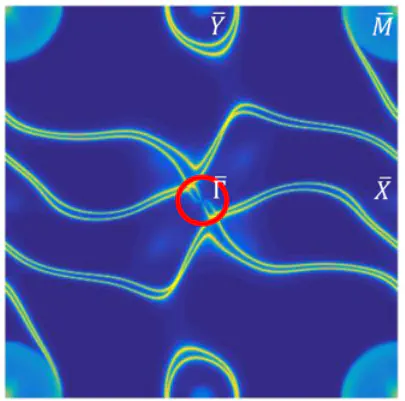
Abstract
The theoretical proposal of chiral fermions in topological semimetals has led to a significant effort towards their experimental realization. In particular, the Fermi surfaces of chiral semimetals carry quantized Chern numbers, making them an attractive platform for the observation of exotic transport and optical phenomena. While the simplest example of a chiral fermion in condensed matter is a conventional |C|=1 Weyl fermion, recent theoretical works have proposed a number of unconventional chiral fermions beyond the standard model which are protected by unique combinations of topology and crystalline symmetries. However, materials candidates for experimentally probing the transport and response signatures of these unconventional fermions have thus far remained elusive. In this Letter, we propose the RhSi family in space group No. 198 as the ideal platform for the experimental examination of unconventional chiral fermions. We find that RhSi is a filling-enforced semimetal that features near its Fermi surface a chiral double sixfold-degenerate spin-1 Weyl node at R and a previously uncharacterized fourfold-degenerate chiral fermion at Γ. Each unconventional fermion displays Chern number ±4 at the Fermi level. We also show that RhSi displays the largest possible momentum separation of compensative chiral fermions, the largest proposed topologically nontrivial energy window, and the longest possible Fermi arcs on its surface. We conclude by proposing signatures of an exotic bulk photogalvanic response in RhSi.
Experimental Note: Bulk chiral fermions and long surface Fermi arcs confirmed in numerous solid-state material experiments, including Nature 567, 500 (2019), Nature 567, 496 (2019), Phys. Rev. Lett. 122, 076402 (2019), Nat. Phys. 15, 759 (2019), and Science 369, 179 (2020).